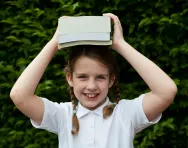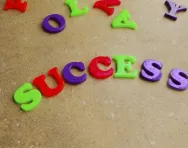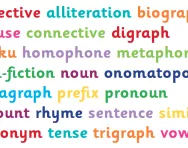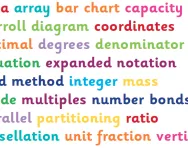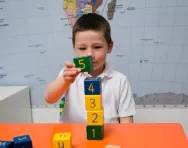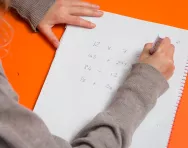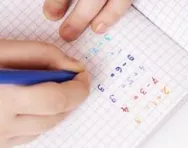Important update from TheSchoolRun
For the past 13 years, TheSchoolRun has been run by a small team of mums working from home, dedicated to providing quality educational resources to primary school parents. Unfortunately, rising supplier costs and falling revenue have made it impossible for us to continue operating, and we’ve had to make the difficult decision to close. The good news: We’ve arranged for another educational provider to take over many of our resources. These will be hosted on a new portal, where the content will be updated and expanded to support your child’s learning.
What this means for subscribers:
- Your subscription is still active, and for now, you can keep using the website as normal — just log in with your usual details to access all our articles and resources*.
- In a few months, all resources will move to the new portal. You’ll continue to have access there until your subscription ends. We’ll send you full details nearer the time.
- As a thank you for your support, we’ll also be sending you 16 primary school eBooks (worth £108.84) to download and keep.
A few changes to be aware of:
- The Learning Journey weekly email has ended, but your child’s plan will still be updated on your dashboard each Monday. Just log in to see the recommended worksheets.
- The 11+ weekly emails have now ended. We sent you all the remaining emails in the series at the end of March — please check your inbox (and spam folder) if you haven’t seen them. You can also follow the full programme here: 11+ Learning Journey.
If you have any questions, please contact us at [email protected]. Thank you for being part of our journey it’s been a privilege to support your family’s learning.
*If you need to reset your password, it will still work as usual. Please check your spam folder if the reset email doesn’t appear in your inbox.
What is a Learning Objective / WALT?
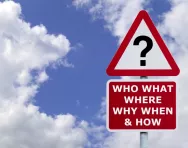
What is a Learning Objective / WALT?
Every lesson taught in school should have a learning objective.
A learning objective is, quite simply, what the teacher wants the children to have learnt or achieved by the end of the lesson.
The learning objectives is sometimes referred to as the 'WALT' standing for 'We are learning to….' (more child-friendly!).
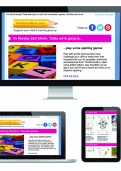
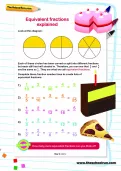
Boost Your Child's English & Maths!
- Weekly programme for each school year
- Worksheets sent direct to your inbox
- Keeps your child's learning on track
How are learning objectives used in the primary classroom?
A teacher will usually have the learning objective written on the board at the beginning of the lesson. The learning objective needs to be shared with the children, so that they know what is expected of them during the lesson.
Teachers usually write learning objectives on their lesson plans, making clear what they are trying to achieve with the children in each lesson.
Here is an example of a literacy lesson plan:
Learning objective: To write questions about an animal
Main teaching:
- Re-cap on what the children learnt last week when looking at information texts. Show the children examples of all the features we looked at last week.
- Show the children a picture of an animal on the IWB, does this picture show me much information? What questions could we ask to find out more information?
- Encourage children to ask questions about the animal. Write these around the picture.
Independent work:
- Lower ability group: Support from TA in thinking of a question, which TA scribes for children to copy.
- Middle ability group: Write their own two questions on animal.
- Higher ability group: Support from teacher. Encouraged to think of questions starting with who, what, why, how and when.
Plenary:
Each group to stand up and tell the rest of the class what animal they have and some of the questions they would like to find out.
When children do their independent learning, they are often asked to write the learning objective at the top of their page. Alternatively, they may be given a sheet with the learning objective written on it, which is stuck in their books.
Teachers usually set aside five or ten minutes at the end of the lesson for a 'plenary'.
This when the learning is 'rounded up' and may consist of children sharing what they have done and discussing what they have learnt. The teacher will refer back to the learning objective at this stage, so children are kept aware of the purpose of the lesson. They also ask the children various questions to assess whether they think the learning objective has, on the whole, been achieved.

